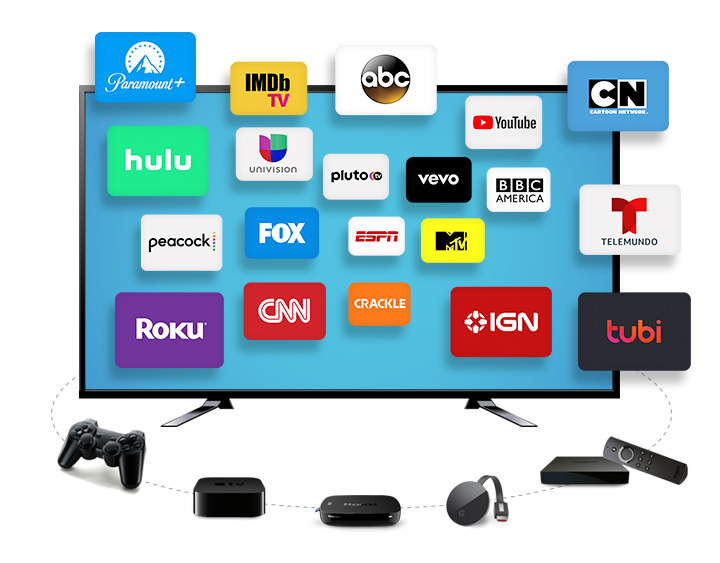As viewers and advertisers continue to shift away from traditional linear broadcast television, the global advertising spend on Connected TV (CTV) is projected to reach $25.9 billion in 2023, marking a 13.2% increase compared to the previous year.
The projected CTV ad investment for 2023 also stands at $26 billion globally, with an expected compound annual growth rate (CAGR) of 10.4% over the next five years, as indicated by GroupM.
The migration towards CTV offers advertisers an opportunity to engage with audiences in a more targeted manner, thanks to the platform’s ability to deliver tailored content to specific demographics.
Despite its growth, CTV’s expansion is not yet drawing substantial new investments. While it helps maintain overall television spend, it is not experiencing the same level of influx of new funds as expected. As a result, the growth of CTV lags behind that of retail media, growing at a rate three times slower at this stage of development.
The fragmentation of the advertising market on the ‘sell side’ has also become evident due to the decline in linear TV spend, especially in the United States. This transformation is altering the economic dynamics of the television industry, prompting media owners to seek alternative revenue sources.
In Nigeria, the adoption of CTV remains relatively low. Despite this, experts believe in the substantial potential for CTV advertising, particularly as major players like Netflix, Amazon, and original equipment manufacturers (OEMs) create conducive environments for such advertising.
In 2022, Nigeria’s connected TV ad spending in the video advertising segment reached $1.99 million, with an anticipated annual growth rate of 12.47% from 2022 to 2027, projecting a market volume of $3.58 million by 2027.
Dochase Adx, a prominent player in Nigeria’s CTV space, stands out as a leader in the adoption and promotion of CTV advertising. Chibuike Goodnews, co-founder of Dochase Adx, sees immense potential for CTV ads in Nigeria, particularly with platforms like Netflix, Amazon, and OEMs creating environments conducive to CTV advertising.
He highlighted the growing demand for short video ads and CTV due to the dominance of mobile-first consumers and the rise of platforms like TikTok in the realm of live streaming.
“We have seen CTV grow from a nice to have to a major budget component from 2% to up to 20 % in some budgets. We have also seen more OEMs deploy smart TVs and platforms for digital videos,” Chibuike said.
However, where the growth of CTV is undeniable, its potential is not fully tapped as the industry continues to navigate challenges related to revenue influx, competition for budgets, and hurdles in terms of measurement and reach.
Nevertheless, CTV media owners are currently competing for a share of the existing TV budgets rather than capturing a significant portion of spend from digital channels like social media.
A recent report by WARC Media, titled ‘Connected TV’s Next Episode’, delves into the evolving landscape of CTV.
Alex Brownsell, Head of Content at WARC Media and co-author of the report, emphasizes that while CTV ad spend is indeed on the rise, it is not undergoing a revolutionary change, but rather an evolutionary one. He suggests that CTV’s potential is yet to be fully realized and that efforts should be made to extend its reach beyond the current limitations of the TV market.
In the US, more than 80% of households are now equipped with CTV-enabled devices, showcasing the shift in viewer preferences. Younger generations are embracing streaming and smart TV usage, presenting media owners and advertisers with opportunities to engage with audiences that are otherwise challenging to reach.
Meanwhile, the fragmented nature of the CTV landscape presents its own challenges, particularly in terms of measurement and reach.
While CTV excels in its ability to target specific audiences, the concept of mass scale inherent to traditional linear TV becomes a contradiction. Additionally, considerations about audience subscription fatigue and the relatively limited adoption of smart TVs on a global scale underline the complexities faced by CTV advertisers and media owners.




